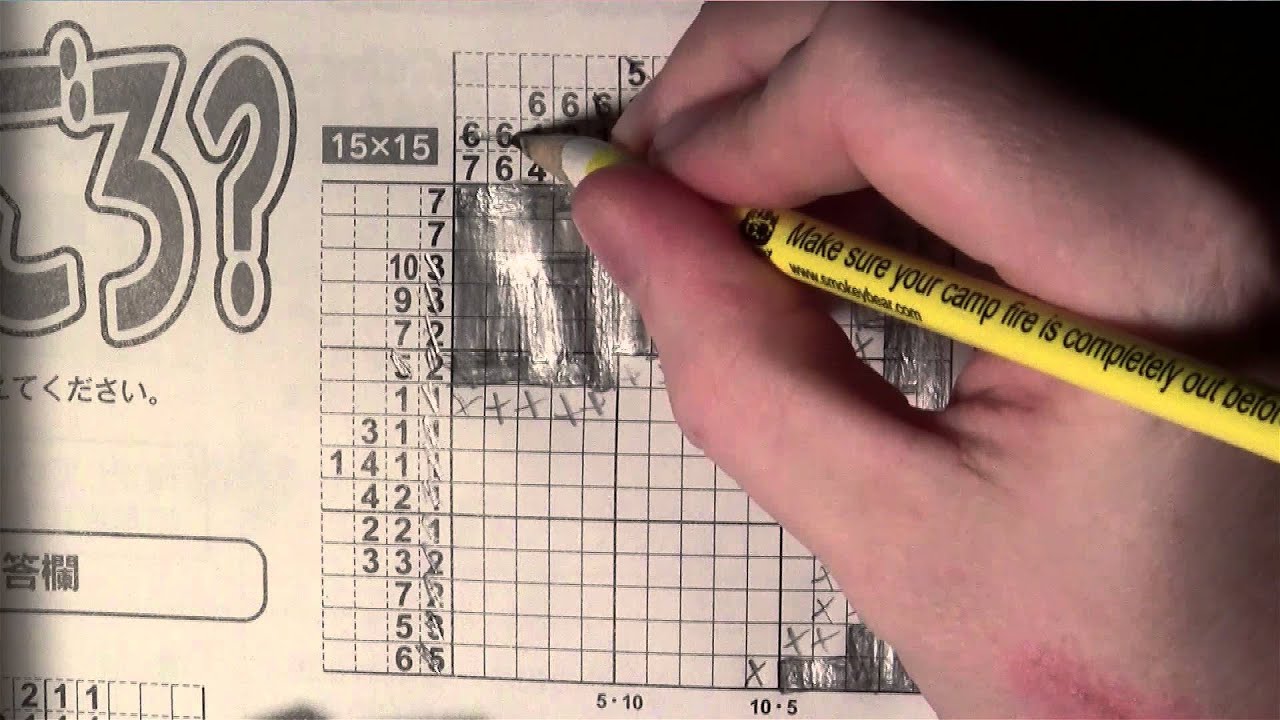
Nonogram, also known as Picross, is a type of puzzle that has been very popular for decades. The solution to this puzzle requires that you complete the rectangular grid partially filled with numbers by uncovering the remaining cells. Each row or column should contain one and only one of each number between 1 and 9.
Here are some steps to help you solve the Picross puzzle
Start with the clues that have the fewest possible options
Use logic and reason to determine which squares have to be filled in based on your knowledge. For example, if a row has only one cell left, it has to be white or gray, and if there are two cells left, then they both have to be black or gray because there aren’t any other possible answers left.
Look for patterns in the clues.
If you’re having trouble figuring out a particular puzzle, try to find any patterns or repeating numbers in the clues. There are no duplicate tiles in nonograms, and each row and column contains only one instance of each number, making it easy to spot any patterns. For example, if you see a clue reading “4-4-4”, there are probably two 4s in that row or column. If there are two 4s, mark them off your sheet and fill in the remaining squares with 3s and 5s until only one number remains.
Be systematic
When solving a nonogram puzzle, the most important thing is being systematic and following a pattern. Many people try random guesses without any clear plan, which makes them waste time and effort. Instead of guessing randomly, think about the previous numbers in order and try to find their relationship with each other. For example, suppose there are two squares that have an even number between them. In that case, there must be another even number somewhere else on the grid since it’s impossible for two even numbers to be separated by an odd one only, like 6.
Look for commonalities among clues
While some puzzles will have no discernible pattern, others will be more obvious if you look at all the clues together. For example, suppose you’re looking at a puzzle with three rows of numbers: 3-2-3-3-3-3. You might assume that this means each column contains three numbers; however, it could also mean that there are three instances of 2 in each row or column or both. To get around this ambiguity, try marking off the 3s and 2s on your sheet, as discussed above, and then fill in the remaining squares by working from the left.
Don’t get frustrated
Nonograms can be frustrating when you don’t know how to solve them, but they’re not impossible. Keep trying different combinations until you find one that works.
Be patient
Nonograms take time to figure out. If you need help with one, try another one. There are lots of free online puzzles available at sites.
Conclusion
Just try to play with these puzzles, and you’ll see how challenging yourself is possible without taking the difficulty too far. There are plenty of nonograms out there, and some people even create their own. If you’re up for a challenging puzzle, give this a try. You’ll be happy that you did.

